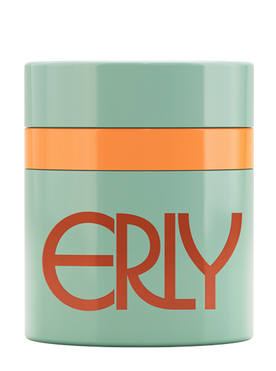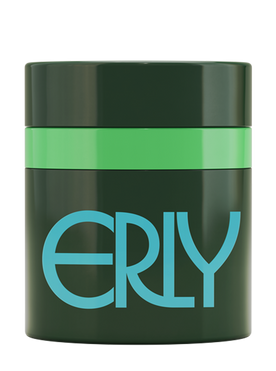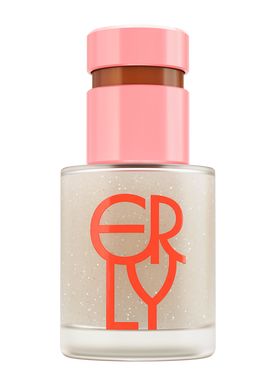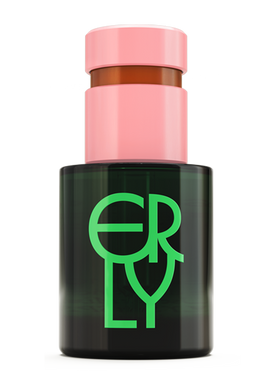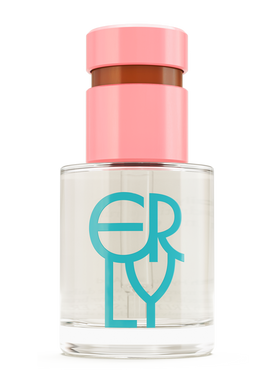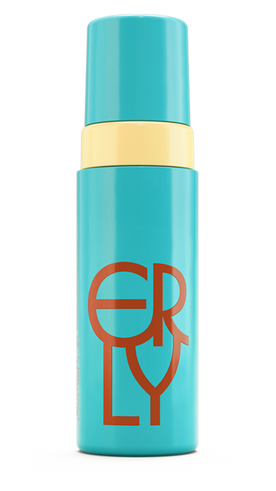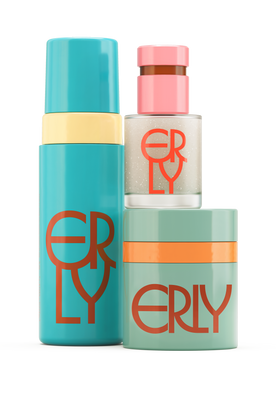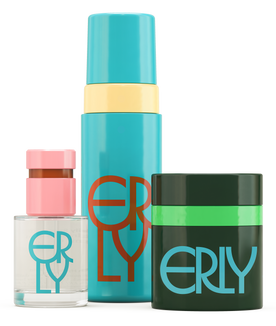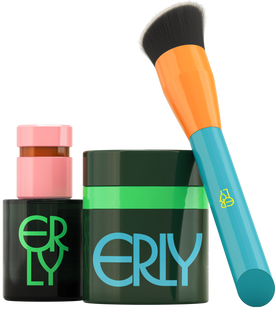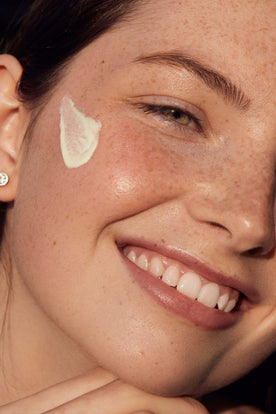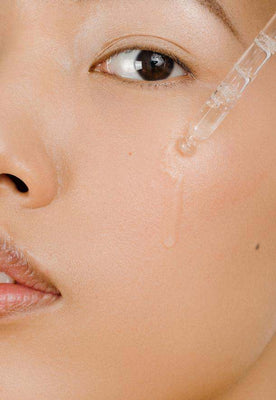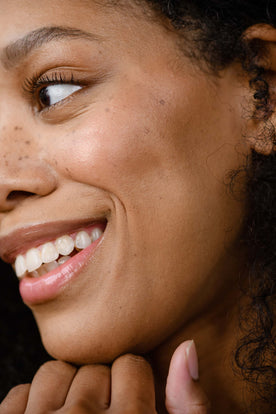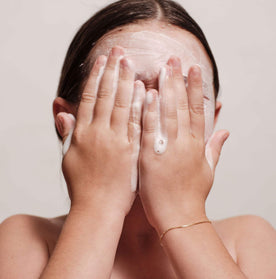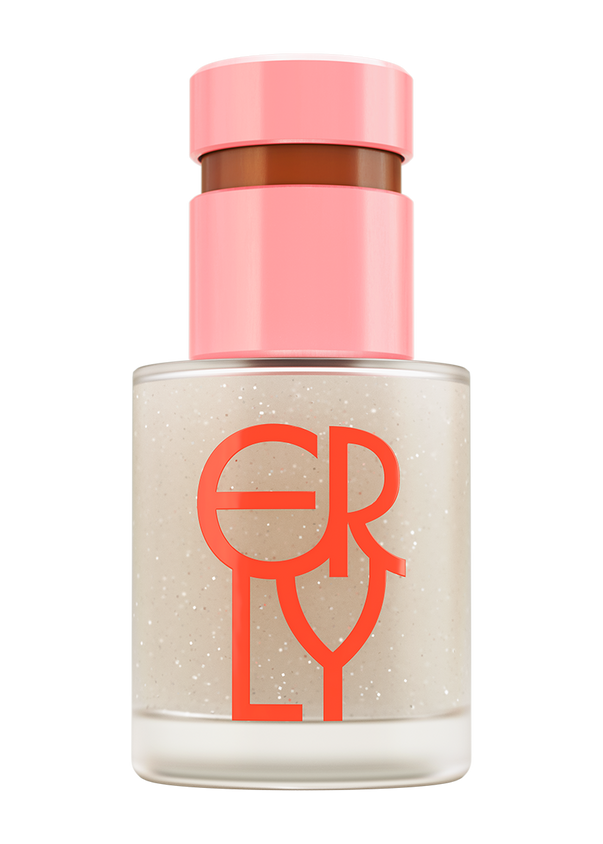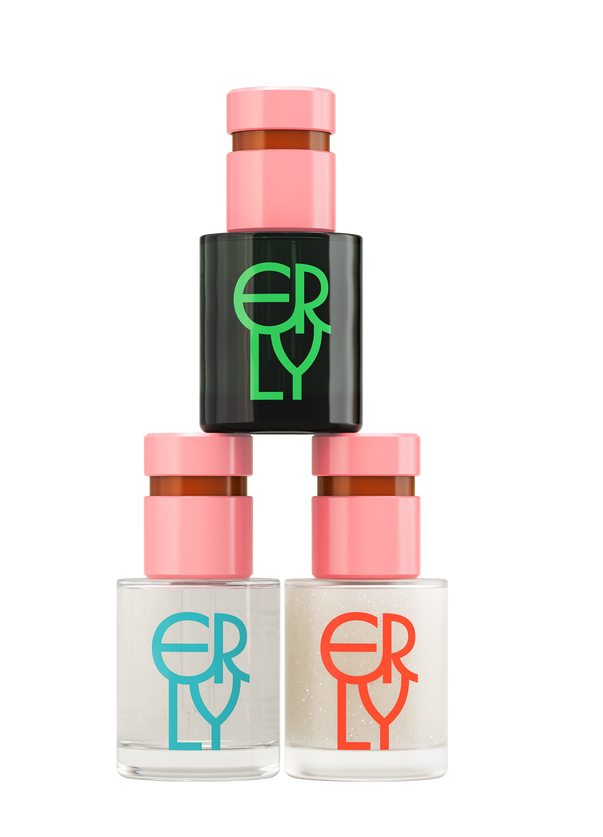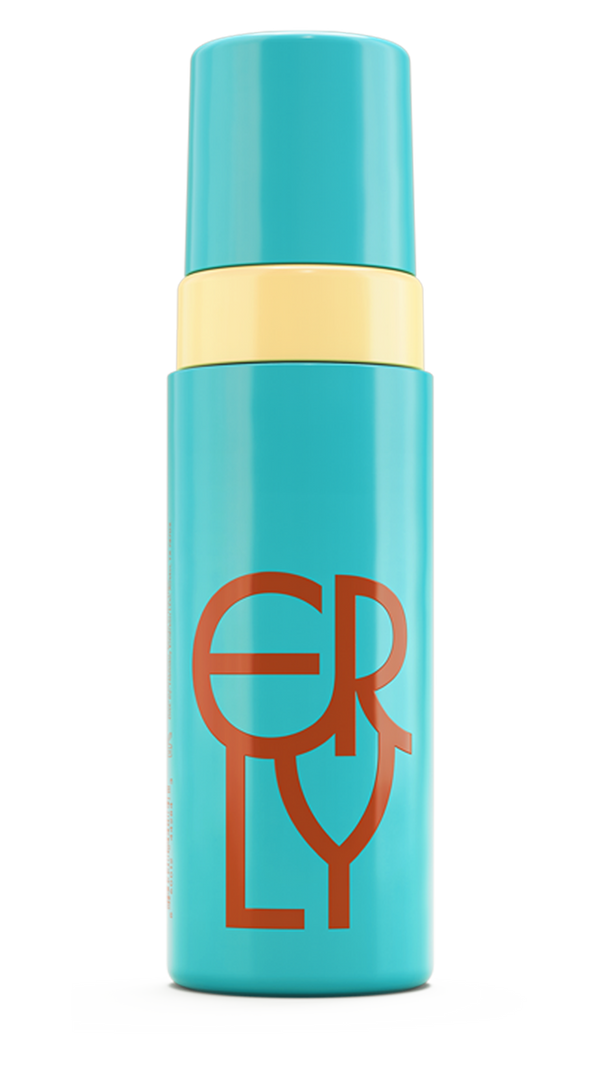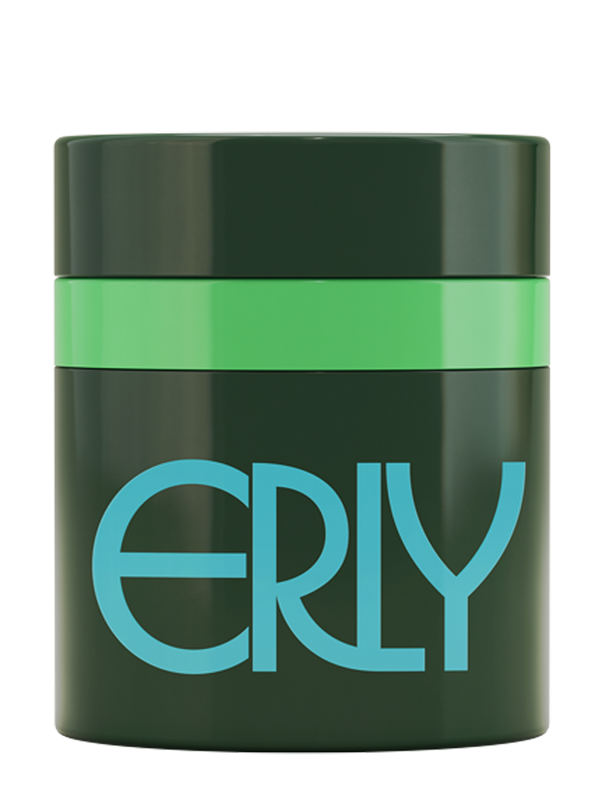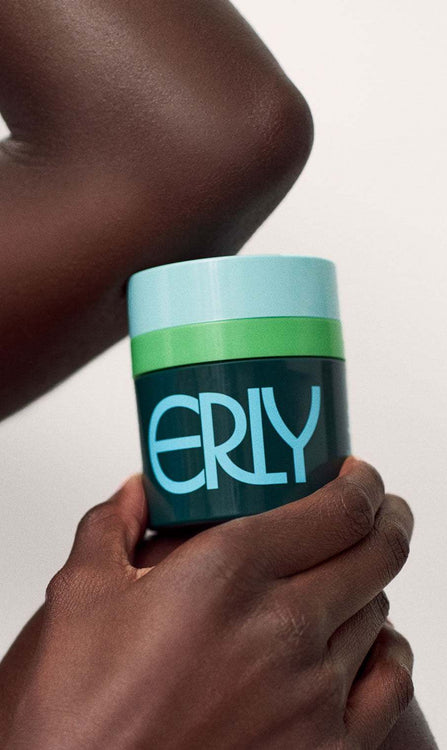Our skin is our body’s largest organ and its first line of defense against the outside world. Unfortunately, it’s also one of the most sensitive. Millions of people deal with skin allergies every year, ranging from mild irritation to persistent rashes that can disrupt daily life. As a dermatologist, I often see patients who feel frustrated and confused about what’s triggering their reactions. The good news? With the right knowledge and preventive care, many skin allergies can be managed—or even avoided altogether.
Let’s break down the most common skin allergies, what causes them, and how to protect your skin for the long term.
What Exactly Is a Skin Allergy?
Think of your immune system as a protective guard dog. Most of the time, it barks at real intruders (like bacteria or viruses). But with allergies, the “guard dog” overreacts to something harmless—such as a skincare ingredient, detergent, or even pollen. The skin’s immune cells misidentify the substance as dangerous, triggering redness, swelling, itching, or rash.
Two of the most common types of skin allergies are:
-
Contact Dermatitis – A rash that develops when your skin touches an allergen or irritating substance.
-
Hives (Urticaria) – Raised, itchy welts that come and go, often triggered by foods, medications, or environmental factors.
The Most Common Skin Allergens
1. Fragrance
Fragrance is one of the top culprits behind allergic skin reactions. Even products labeled “unscented” sometimes contain masking fragrances, so they can still trigger irritation. For people with sensitive or allergy-prone skin, fragrance-free skincare is always the safest option.
Prevention tip: Stick with fragrance-free cleansers, moisturizers, and sunscreens. For example, ERLY’s skincare line is 100% fragrance-free, making it a safe choice for sensitive skin.
2. Preservatives
While preservatives are necessary to keep products safe from bacteria and mold, some—like parabens, formaldehyde releasers, and methylisothiazolinone—are known allergens.
Prevention tip: Look for products with gentler, dermatologist-approved preservatives and always patch test new items on a small area of skin before full use.
3. Nickel
Nickel is found in everyday items like jewelry, zippers, coins, and even cell phones. For those allergic, even small amounts of skin contact can cause an itchy rash.
Prevention tip: Choose nickel-free jewelry and consider using a protective case or cover on electronics that frequently touch your skin.
4. Latex
Latex, often found in gloves, bandages, and elastic clothing, is a common allergen. Reactions range from mild itching to more severe swelling.
Prevention tip: Switch to latex-free gloves and medical supplies if you know you’re sensitive.
5. Certain Medications and Topicals
Some topical antibiotics, such as neomycin in Neosporin, are notorious for triggering contact dermatitis. Similarly, oral medications like certain pain relievers can occasionally cause hives.
Prevention tip: Always inform your healthcare provider about past skin reactions, and consider alternatives when possible.
6. Nail Polish and Eyelid Dermatitis
This one often surprises people: nail polish can cause allergic reactions on your eyelids. Here’s why. Many nail polishes contain ingredients like formaldehyde resin or acrylates, which are common allergens. Even if your hands don’t react, your eyelids can. That’s because we frequently touch our face and eyes throughout the day, transferring tiny amounts of polish residue. The skin on the eyelids is extremely thin and sensitive, making it especially prone to allergic contact dermatitis.
Prevention tip: If you notice persistent eyelid irritation, consider switching to “hypoallergenic” nail polishes or taking a break altogether. Avoid rubbing your eyes and be extra mindful about hand-to-face contact.
7. Botanical and “Natural” Ingredients
Just because something is plant-based doesn’t mean it’s gentle. In fact, some of the most common allergens in dermatology come from natural sources. Essential oils like lavender, tea tree, and citrus oils, as well as plant extracts like poison ivy’s urushiol, can trigger contact dermatitis in sensitive individuals. “Clean” or “organic” products may still contain potent botanicals that irritate the skin.
Why it happens: Many plant compounds are biologically active—they evolved to repel insects, mold, or predators. While that may sound appealing in skincare marketing, those same compounds can act as irritants or allergens when applied to human skin.
Prevention tip: Don’t assume “natural” equals “safe.” Choose products that are dermatologist-tested and formulated for sensitive skin. A gentle, minimalist formula—like ERLY Daily Splash hydrating serum—can deliver effective results without unnecessary botanicals.
How to Prevent Skin Allergies
1. Simplify Your Routine
Overcomplicating skincare with too many products increases your risk of exposure to allergens. Stick to a simple, gentle regimen that nourishes your skin barrier.
2. Patch Test New Products
Before slathering a new cream or serum across your face, apply a small amount behind your ear or on your inner arm for 2–3 days. If you notice redness, itching, or bumps, skip it.
3. Strengthen Your Skin Barrier
A compromised skin barrier is like a leaky roof—easier for allergens and irritants to sneak in. Moisturizers rich in ceramides, peptides, and humectants help keep your skin’s defenses strong. ERLY Night Moisturizer with hyaluronic acid and vitamin E is formulated to replenish and protect overnight, making your skin less vulnerable to allergic triggers.
4. Be Mindful of Detergents and Fabrics
Laundry detergents with heavy fragrance or dyes are common culprits for skin irritation, especially on areas that touch clothing all day.
Prevention tip: Opt for hypoallergenic, fragrance-free detergents. Stick with natural, breathable fabrics like cotton whenever possible.
5. Avoid Over-Treating Reactions
When a rash shows up, many people pile on new creams or ointments hoping to soothe it. Ironically, this can make things worse. If you experience a skin reaction, pause new products and let your skin reset. If symptoms persist or worsen, see a dermatologist.
When to See a Dermatologist
If you’re experiencing frequent rashes, unexplained hives, or reactions that don’t improve with avoidance, it’s time to seek professional help. Dermatologists can perform patch testing to pinpoint your exact allergen and guide you toward safe alternatives.
The Bottom Line
Skin allergies can be frustrating, but they don’t have to take over your life. By understanding the most common triggers—like fragrance, preservatives, nickel, nail polish, latex, and even botanical extracts—and taking preventive steps, you can greatly reduce your risk of flare-ups. Choosing gentle, fragrance-free skincare is one of the most powerful ways to protect your skin.
At ERLY, every product is designed with sensitive and allergy-prone skin in mind. Whether it’s the Daily Splash hydrating serum for barrier support, ERLY Night Moisturizer for overnight repair, or the fact that the entire line is fragrance-free, ERLY makes it easier to care for your skin without worry.
Protecting your skin doesn’t have to be complicated. With the right choices and a little prevention, you can keep your skin calm, clear, and comfortable—every day.
